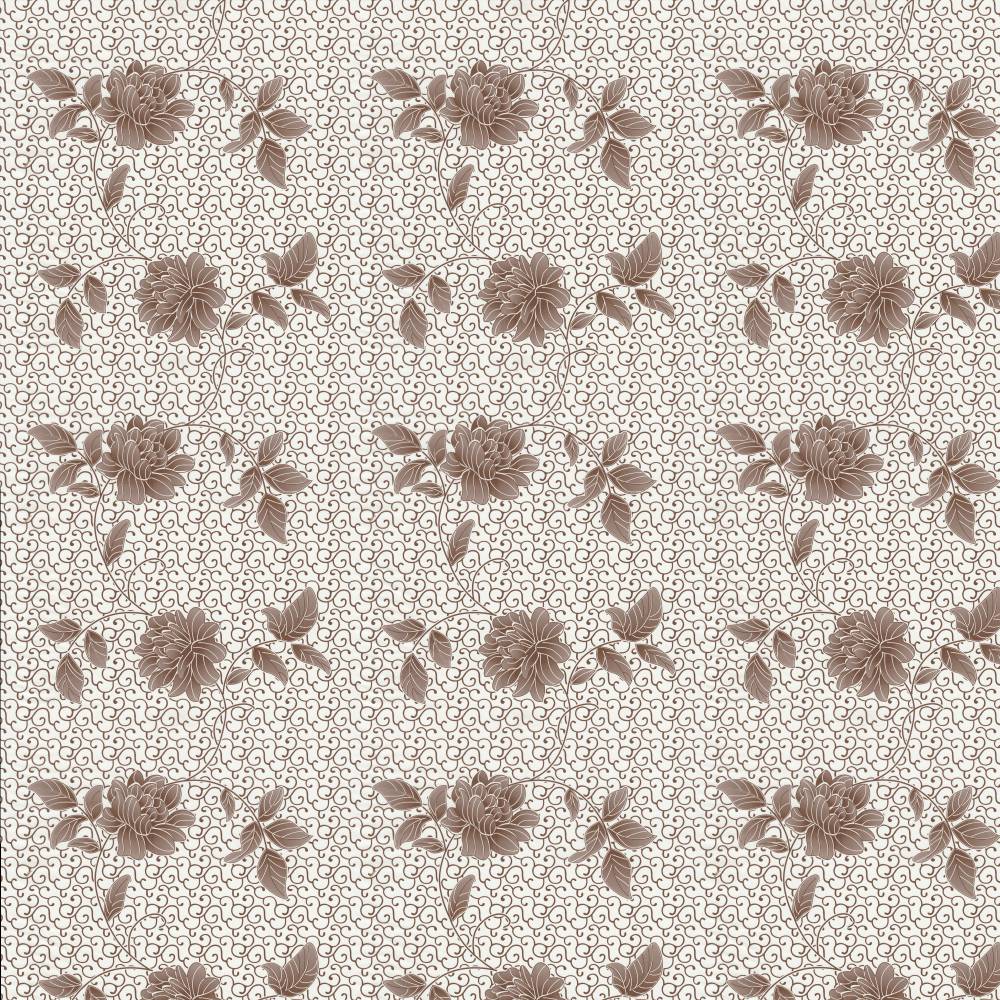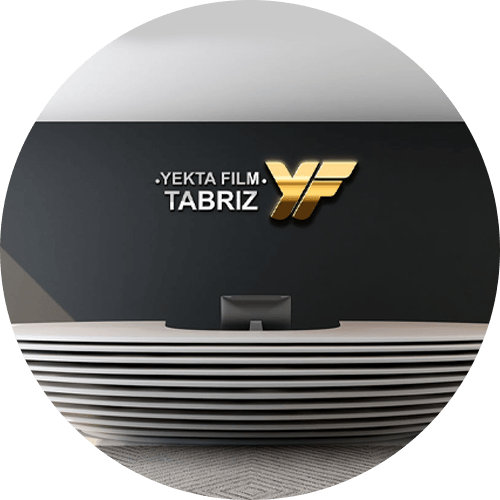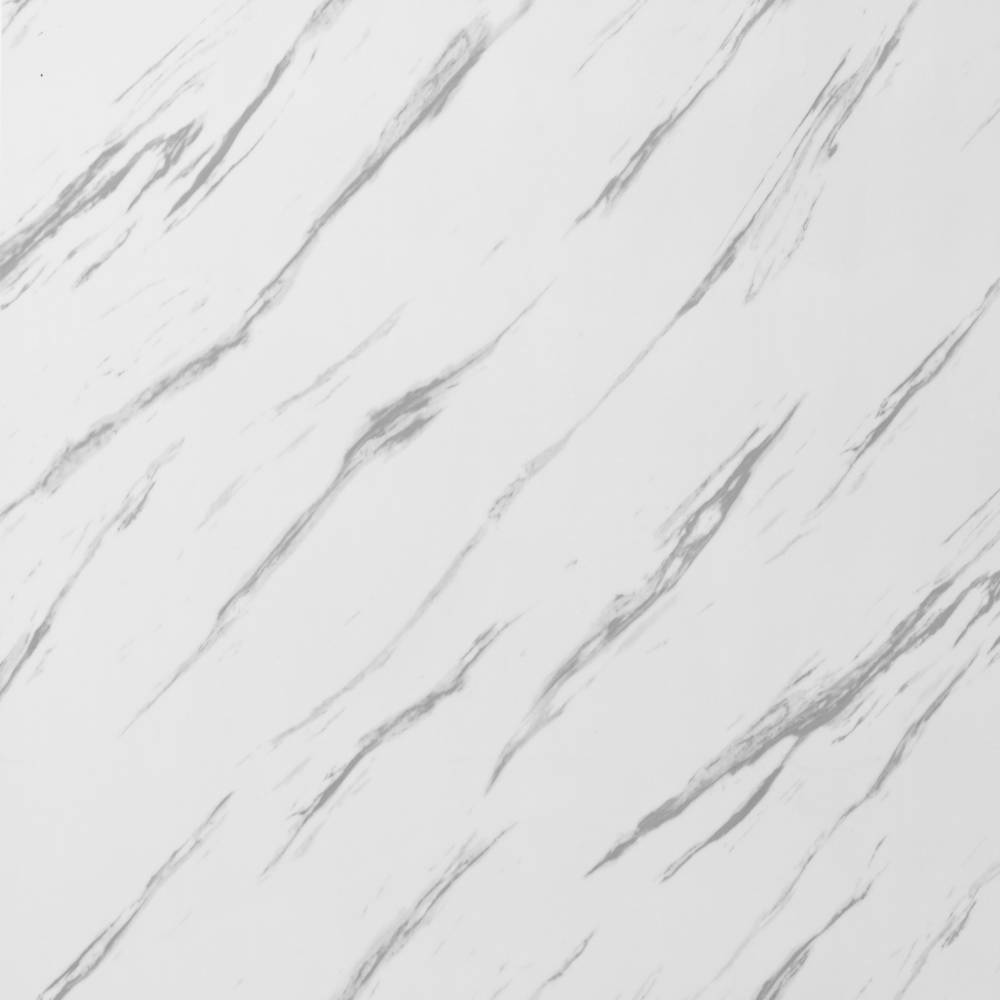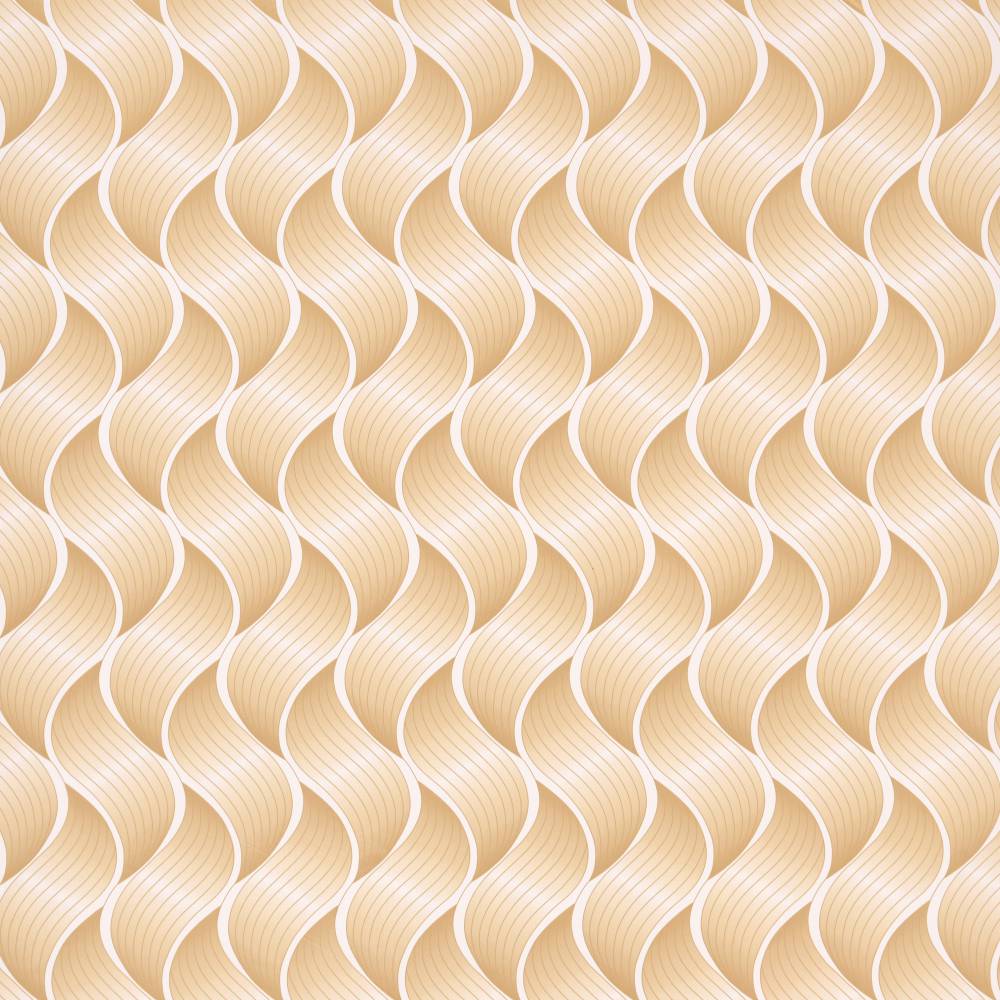
Hot stamping foil is a material used to transfer a metal layer or pigment to a surface by applying heat and pressure.
It is commonly used for printing, embossing or decorating various items such as leather, paper, plastic or metal.
Hot foil can create various effects such as glossy, matte, holographic or 3D.
Hot foil consists of several layers such as adhesive base, color layer and free layer.
The paint layer can be metallic or non-metallic depending on the desired effect.
Metallic foil has a sheen similar to metal and is available in a variety of colors such as gold, silver, bronze or copper.
Non-metallic foil has a pigment-based color layer that can be glossy or matte.

Holographic foil has a three-dimensional image that changes depending on the viewing angle.
To use hot stamping foil, the mold is set up and heated on a hot stamping machine.
The mold can be made of metal or silicone rubber and come in a variety of shapes and details.
The desired product is placed under the mold, and a roll of foil is placed between them.
The form presses on the foil and transfers it to the surface of the product.
Heat and pressure separate the foil from the carrier material and adhere it to the print surface.
Hot foil is a versatile and creative way to add value and appeal to a variety of products.
It can be used for commercial, security, decoration or personalization purposes.
Some examples of products that use hot stamping foils are books, cosmetics, packaging, greeting cards, labels, certificates, or awards.
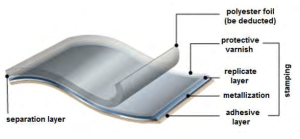
What are the advantages of hot stamping foil?
Hot foil stamping is a printing method that allows you to create different effects on different surfaces such as metallic, glossy, matte or holographic.
The advantages of hot stamping foil include:
• It is environmentally friendly as it does not use wet inks or solvents, does not generate waste, and does not pollute the environment.
• It is durable as it can withstand harsh conditions and will not fade, scratch or peel.
• It comes in multiple color options including gold, silver, bronze, copper and other metallic or pigment based foils.
• It is versatile as it can be applied to a variety of materials such as leather, paper, plastic, metal, wood, glass or coated objects.
• It enhances the appearance and value of products by creating a luxurious, elegant or attractive look that can attract the attention of shoppers.
• It enhances brand awareness and security because it can be used for branding, embossing or holographic printing that can make products more recognizable or harder to counterfeit.
• It is highly customizable as it can be used with a variety of die or mold shapes and parts that can create unique designs or patterns on products.
What is the difference between hot stamping and cold stamping?
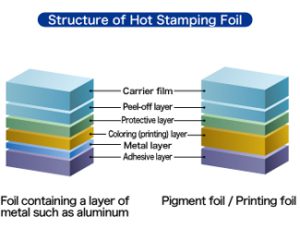
Hot stamping and cold stamping are two different methods of shaping metal parts using dies and pressure.
The main difference between the two is the temperature of the metal during the process.
Hot stamping consists in heating metal blanks above their recrystallization temperature, which makes them more malleable and softer.
The heated metal is then shaped into the desired shape using special dies and cooled quickly to fix the shape.
Hot forging allows the creation of complex parts with high strength and low weight, which are useful for applications such as automotive frames or aerospace components.
However, hot stamping is more expensive, requires boron steel as the only material, and cannot recover parts after stamping.
Cold stamping involves applying high pressure to metal sheets at or below their recrystallization temperature, making them harder and stronger.
The metal is then shaped into the desired shape using hydraulic or mechanical presses and various dies or molds.
Cold stamping can work with a variety of metals such as steel, aluminium, copper or alloys.
It is also faster, cheaper and more flexible than hot stamping. However, cold stamping can lead to springback, that is, the tendency of the metal to return to its original shape after being stamped.
This may cause warping or warping of the parts.
Cold forging also cannot produce parts as complex or light as hot forging.
Click on WhatsApp to order





